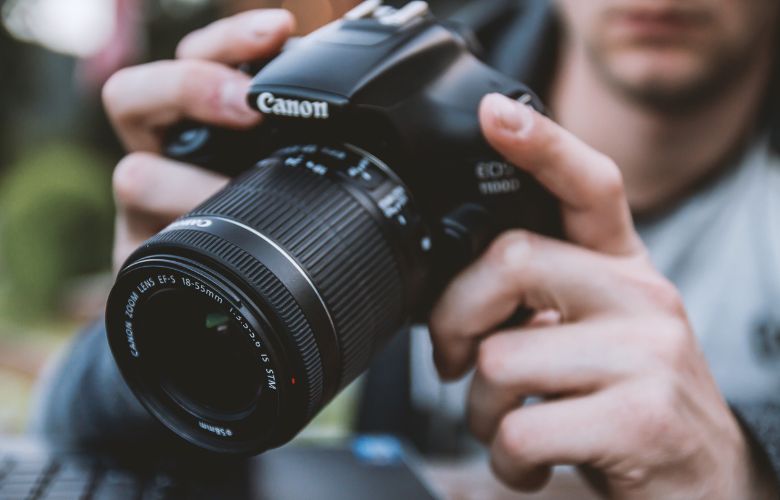Photography is now more readily available and popular than ever thanks to the digital revolution. Having the correct camera may make all the difference, whether you’re an aspiring professional photographer or you just want to capture priceless moments. Choosing the best camera might be challenging with so many alternatives on the market. Fear not! In this comprehensive guide, we will walk you through the essential factors to consider when selecting a camera that suits your specific needs and preferences.
Determine Your Photography Goals:
It’s crucial to know your photographic goals and the kinds of pictures you want to take before selecting a camera. Choose a specialty, such as landscape, portrait, animal, or sports photography, to focus your search for the best camera for your needs. Knowing your niche might help you prioritize features and capabilities because different genres have different requirements. Examine the availability and compatibility of lenses for your preferred genre. Engage with forums that are dedicated to your niche to gain insightful advice. Knowing your photographic objectives makes it easier to invest in camera equipment that will meet your unique requirements and enable you to succeed in your preferred genre.
Consider Your Skill Level:
Evaluate your photographic skills and expertise before selecting your ideal camera. In contrast to expert photographers, beginners should choose cameras with simple automated settings. A flawless and fun shooting experience is guaranteed when your skill level and the camera’s features are matched. Simple and inexpensive cameras for beginners give flexibility and creative freedom, while more sophisticated cameras offer both. The correct camera will ultimately help you improve your abilities and support your artistic vision.
Camera Types: DSLR, Mirrorless, or Compact?
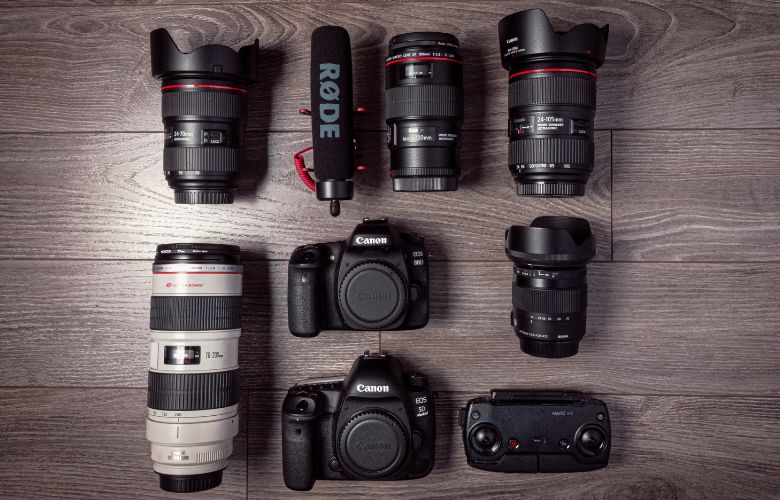
DSLRs, (Digital single-lens reflex) mirrorless cameras, and compact cameras are the three primary categories of cameras to take into account. DSLRs have interchangeable lenses, optical viewfinders, and flexibility. Compact and light, mirrorless cameras come equipped with electronic viewfinders and cutting-edge video capabilities. Compact cameras are convenient and excellent for daily usage, but they could only have a few manual control settings. Making an informed choice based on your own needs and tastes is made easier when you are aware of various camera types.
Sensor Size and Megapixels:
Lenses and Interchangeability:
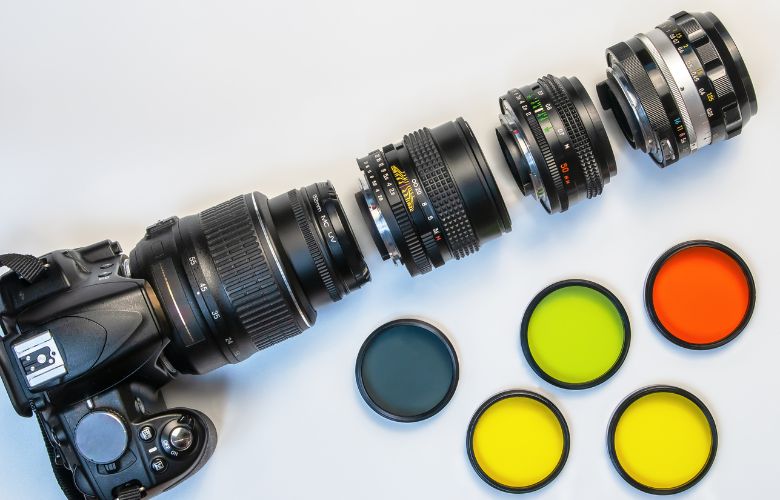
Camera Features and Controls:
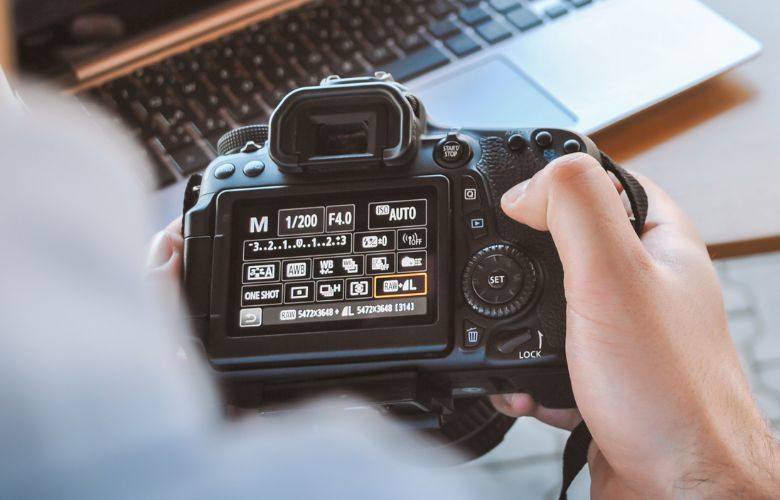
When considering a camera’s features and controls before buying, it’s essential to take into account the video capabilities, ISO range, burst shooting speed, picture stabilization, and focusing ability. If you’re also interested in film photography, don’t forget to explore whether the camera offers compatibility or features for 35mm film photography. This includes assessing whether it allows you to buy a 35mm film camera, specifically designed for analog photography. Additionally, examine the controls’ usability and accessibility, especially whether the buttons and menus are customizable. By carefully taking into account these elements, you can make sure that the camera meets your unique requirements and shooting preferences, enabling you to capture the appropriate photographs and, if desired, pursue your passion for 35mm film photography with ease and accuracy.
Ergonomics and Handling:
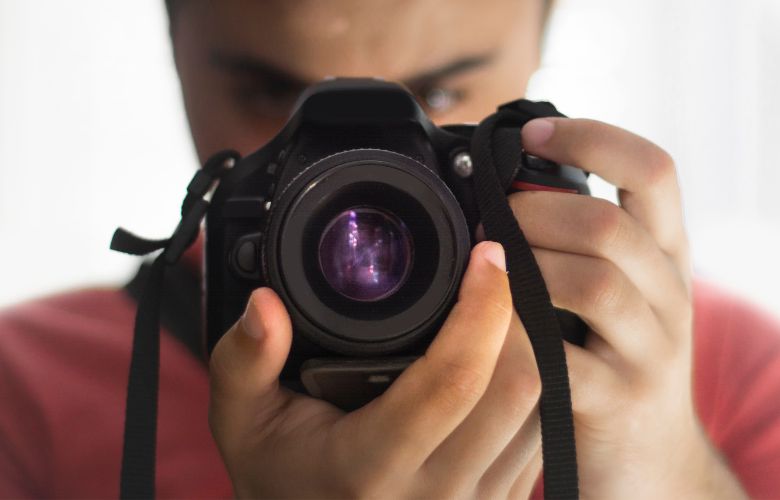
Prioritizing ease of use and comfort is essential when buy a camera. The whole feel of the camera in your hands is influenced by elements including the grip, button location, and build quality. While strategically placed buttons enable quick modifications without diverting your attention from the object, a pleasant and well-designed grip ensures a stable hold. Durability and dependability are ensured by assessing the camera’s construction. You can improve your shooting experience and concentrate on easily capturing memories by choosing a camera that is intuitive and comfortable to use.
Budget Considerations:
Set a budget and prioritize features in accordance when choosing a camera. The price of the camera body should be taken into account, as well as any additional costs for lenses, extras, and prospective future upgrades. Consider the cost of related accessories, the cost of suitable lenses, and the camera system’s long-term sustainability. You can decide wisely and strike a balance between necessary features and fiscal responsibility by defining a budget and taking into account associated expenditures. Find the best deal within your price range by doing some research and comparing your options..
Research and Reviews:

Try Before You Buy:
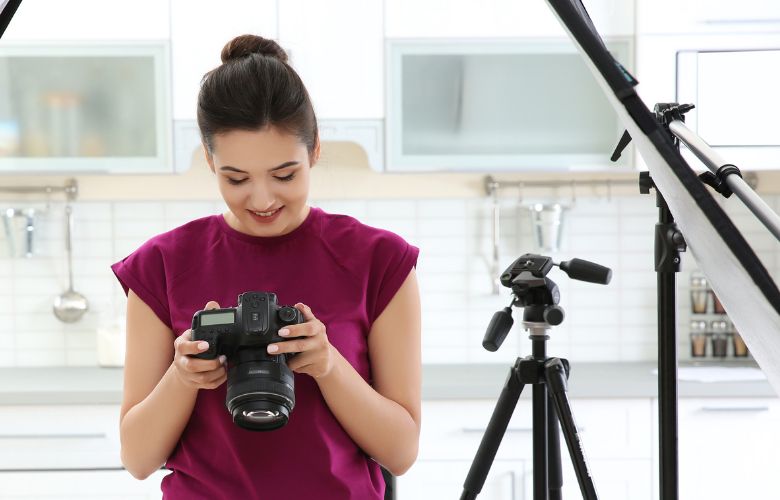
It is strongly advised that you go to a camera shop or rental facility to personally handle and test the cameras you are thinking about. You can evaluate the ergonomics, controls, and general feel of the camera through this hands-on experience. You may assess the cameras’ size, weight, and level of comfort in your hands by holding them. Testing the buttons and controls enables evaluation of their usability and intuitiveness. You can have a better grasp of the camera’s potential by investigating its features and functionalities. The cameras can be tested in actual situations for a longer trial time when rented. In the end, the practical experience enables you to make a more knowledgeable choice based on your individual preferences and shooting needs.
Consider the Future:
It’s crucial to think about your future photographic needs while selecting a camera. Consider whether you might dabble in niche genres or demand cutting-edge video skills. In the long run, choosing a camera system that is expandable and upgradeable might save you money and hassle. Consider the system’s general upgradeability and look for features and lens choices that will help your future endeavours. Examine the lenses and accessories that are available and the manufacturer’s dedication to sustaining their camera line. You can make a well-informed choice that supports your long-term photography goals by considering the big picture.
Brand and Support:

Take into account the support and reputation of camera brands before making your purchase. More lenses, accessories, and support networks are available from established brands. To ensure dependable assistance, weigh customer service and warranty choices. Established businesses have a reputation for quality, innovation, and a vibrant photography community. For troubleshooting, they offer tools and support. Your investment is safeguarded by a thorough warranty. A reliable and trustworthy camera system is ensured by taking brand reputation and support into account.
Size and Portability:
Take your lifestyle and preferred usage patterns into account when selecting a camera. Compact or mirrorless cameras are a fantastic choice if you prioritize portability and travel regularly. While mirrorless cameras provide advanced functionality in a small package, tiny cameras are lightweight and easy to use. A bigger DSLR camera, however, might be more appropriate if you value advanced features and versatility. DSLRs offer a solid design, numerous control options, and compatibility with a variety of lenses. The ideal decision for your needs will depend on how you want to use the camera and the genres of photography you enjoy.
Connectivity and Sharing Options:
It’s crucial to take connectivity features into account when selecting a camera. For simple image sharing and transfer, look for Wi-Fi, Bluetooth, or NFC capabilities. Additionally, you may geotag your images by using the built-in GPS. By enabling wireless image transmission, easy sharing, and location monitoring, these networking capabilities improve your shooting experience. To make an informed choice, think about your tastes and how these characteristics fit your needs.
Battery Life:
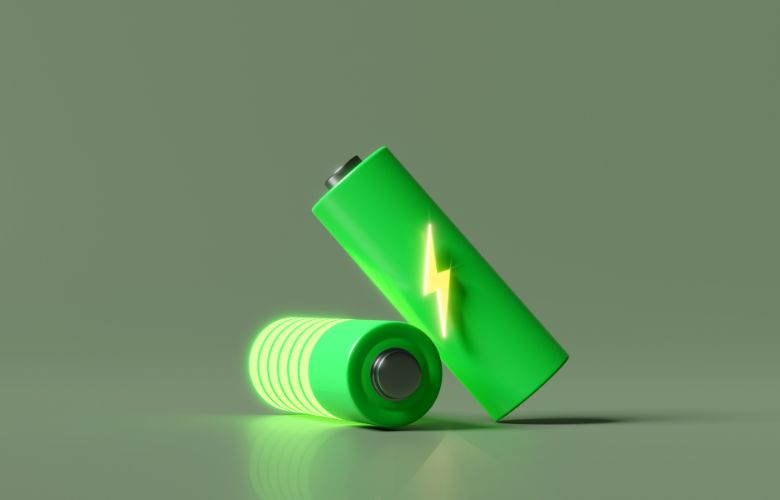
User Interface and Menu System:
Examining a camera’s user interface and menu structure is crucial when selecting one. When modifying settings and using features, look for an interface that is simple to use and intuitive, as this will save you time and hassle. A user-friendly interface has a clean layout, obvious icons or labels, and well-organized menus. Think of programmable menus, responsive controls, and clear on-screen guidance. You may concentrate on capturing your vision with a straightforward interface rather than being distracted by a challenging user interface.
Seek Recommendations and Testimonials:

It is beneficial to ask for advice and recommendations from other photographers or online photography forums before selecting a camera. You can acquire testimonials and real-world experiences about various camera models by interacting with others. Participating in discussions, posing inquiries, and looking through image galleries can offer specialized guidance and visual examples of camera capabilities. However, it’s crucial to take into account both these suggestions and individual preferences and studies. You may make a well-informed choice that supports your photographic objectives by fusing general knowledge with your own requirements.
Check for Future Compatibility:
It’s crucial to choose a camera that complies with both current and future technological standards. Consider features like 4K video, HDR photography, and support for the newest memory card formats. These characteristics make sure that your camera is capable of keeping up with industry changes and remaining current. The camera manufacturer’s dedication to innovation and firmware updates should also be taken into account. You can record high-definition videos, create amazing photographs with increased dynamic range, and operate with contemporary storage solutions with ease by future-proofing your camera.
Conclusion
For photographers, picking the appropriate camera is an important choice. Think about things like your photographic objectives, level of expertise, camera type, sensor size, lenses, features, spending limit, and ergonomics. Recognize your specialization and match the right camera type to it. Analyse megapixels and sensor size for image quality, then look into available lenses. For a smooth shooting experience, consider features, controls, and handling. Prioritise features based on your budget. Make thorough inquiries, read reviews, and seek recommendations. Trust your gut and select a camera that motivates you. With a camera that gives you the ability to make art, embrace the joy of photography.

